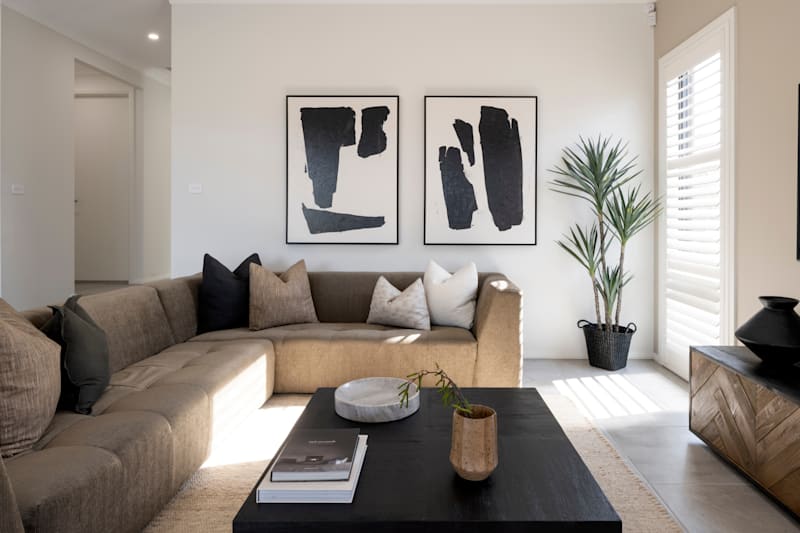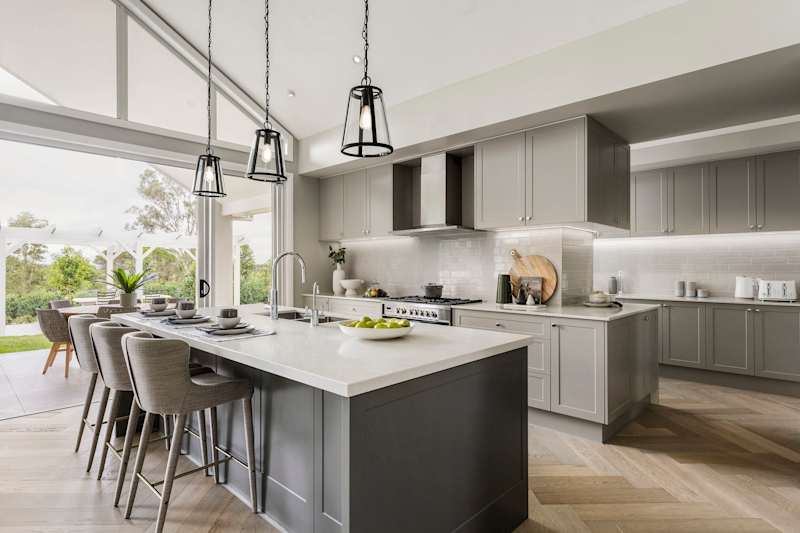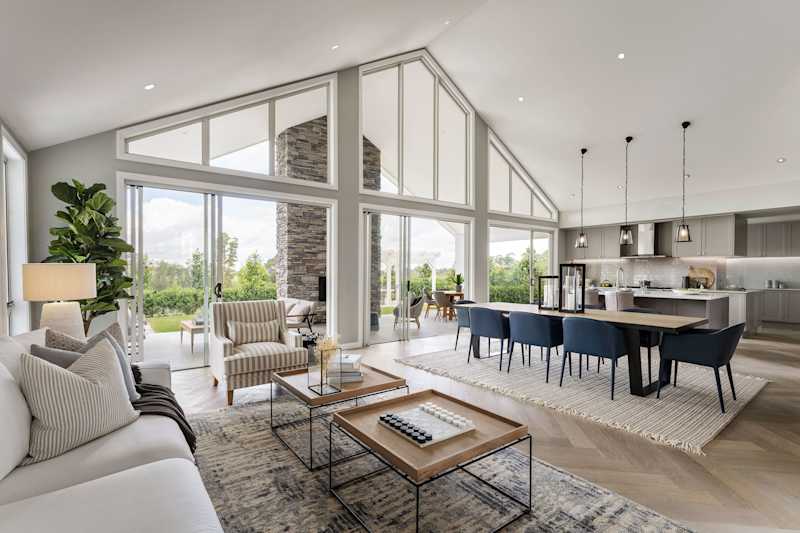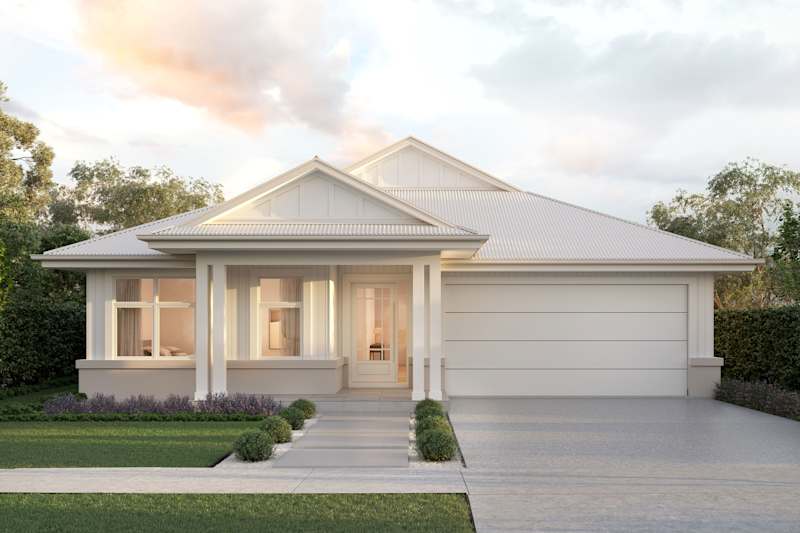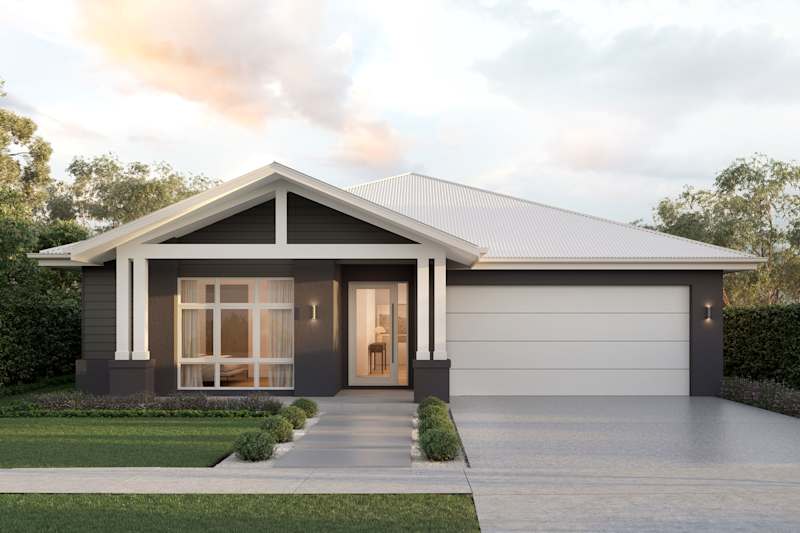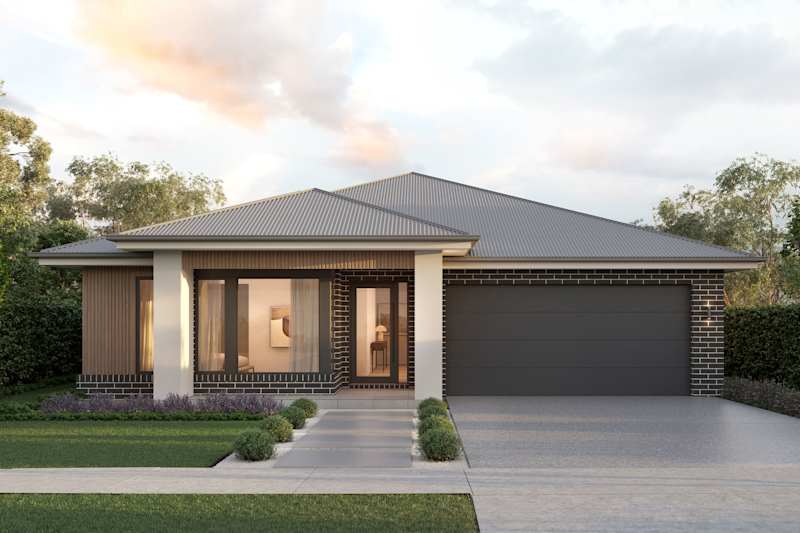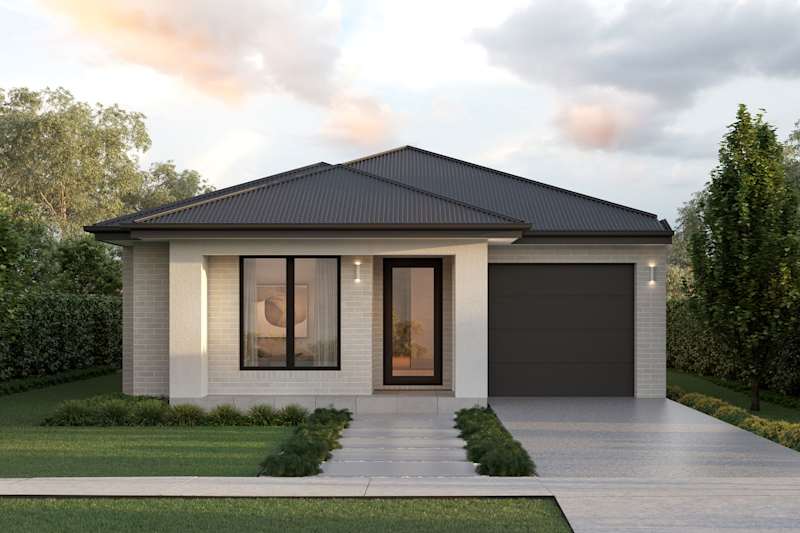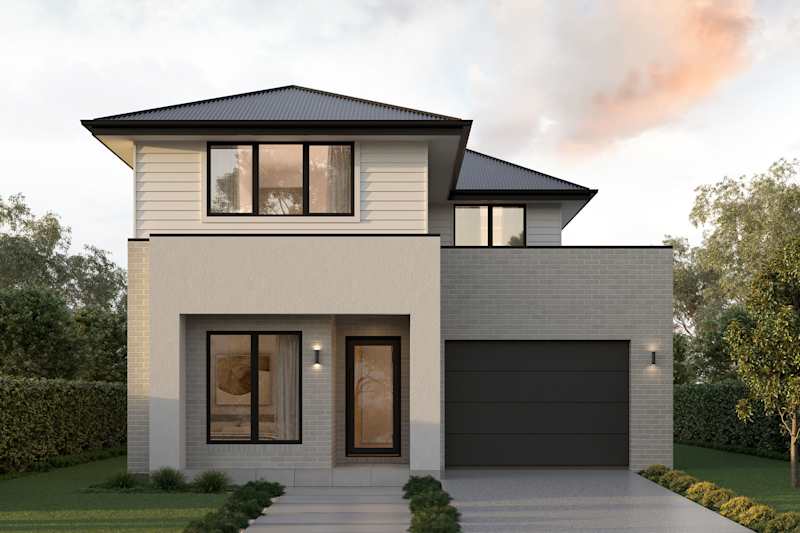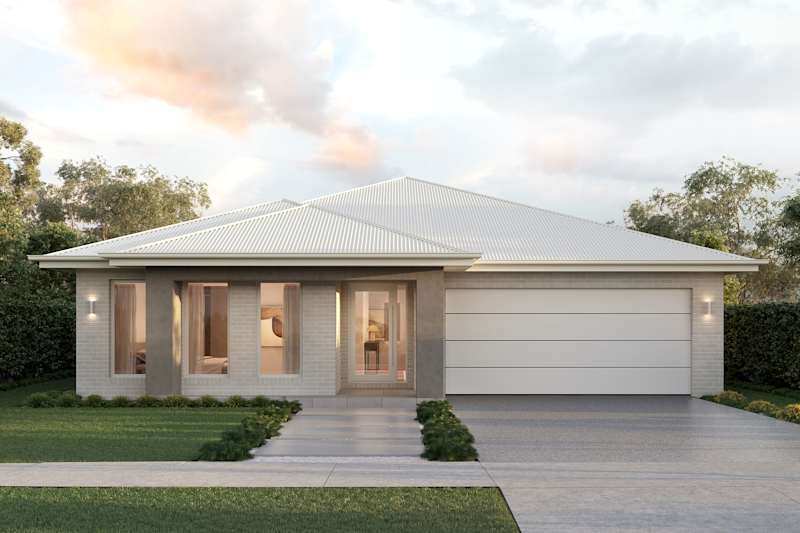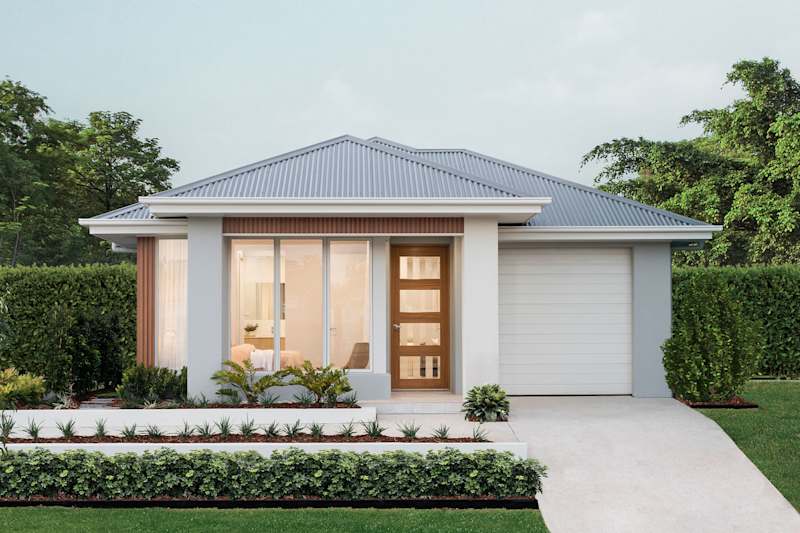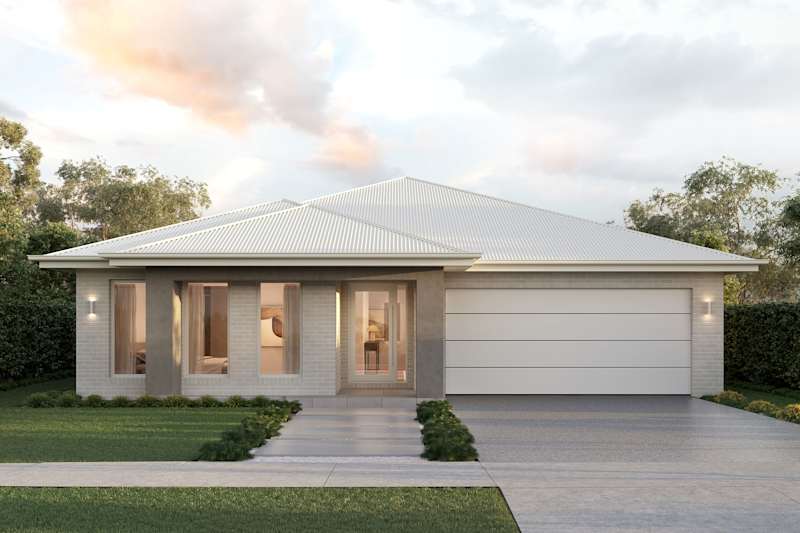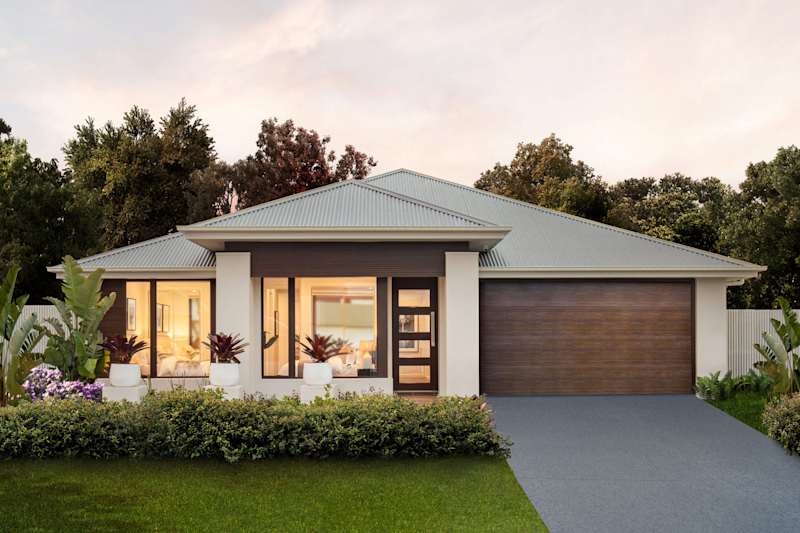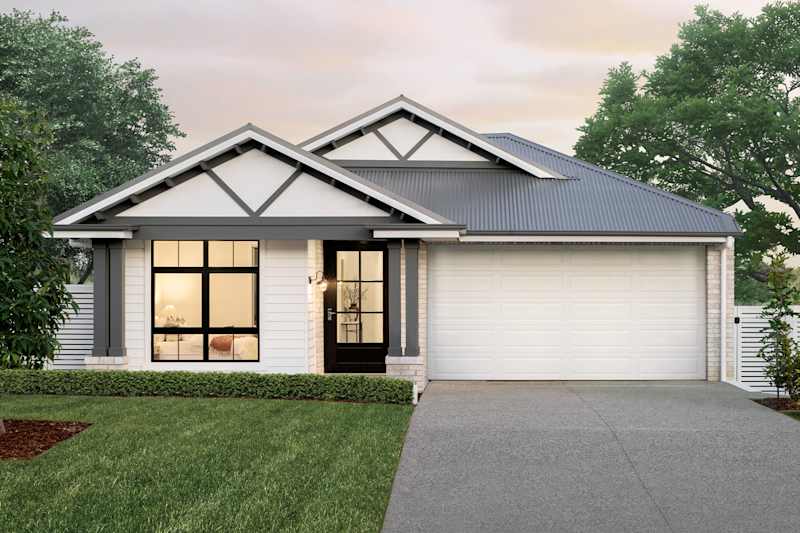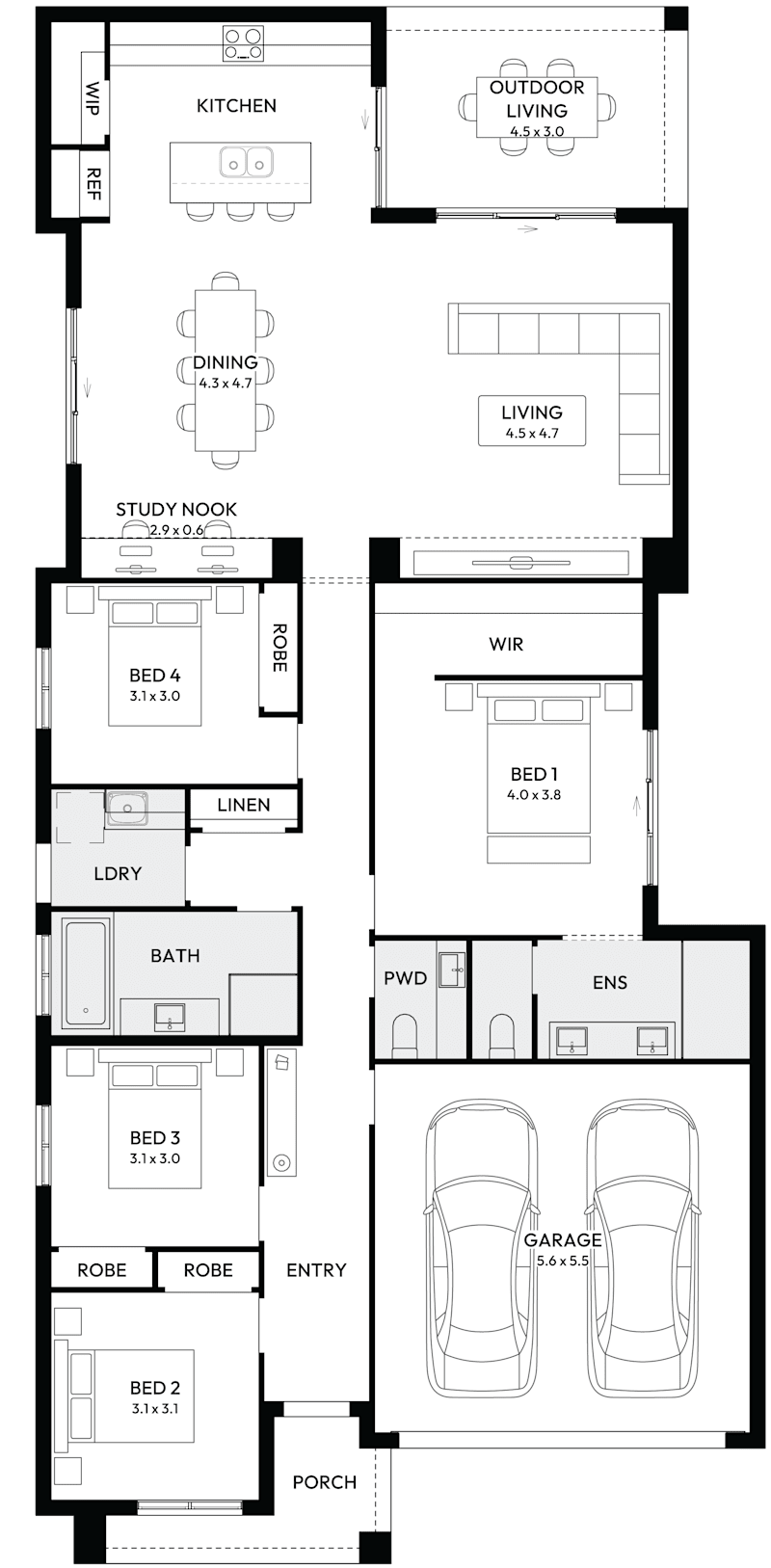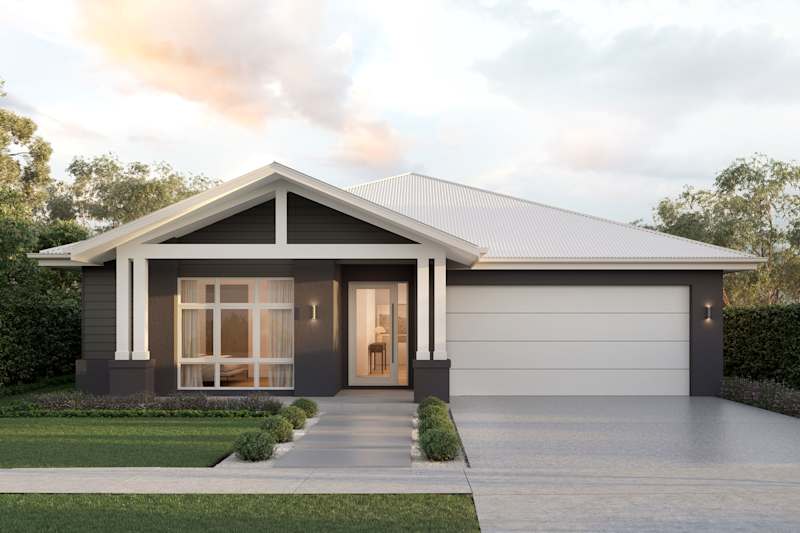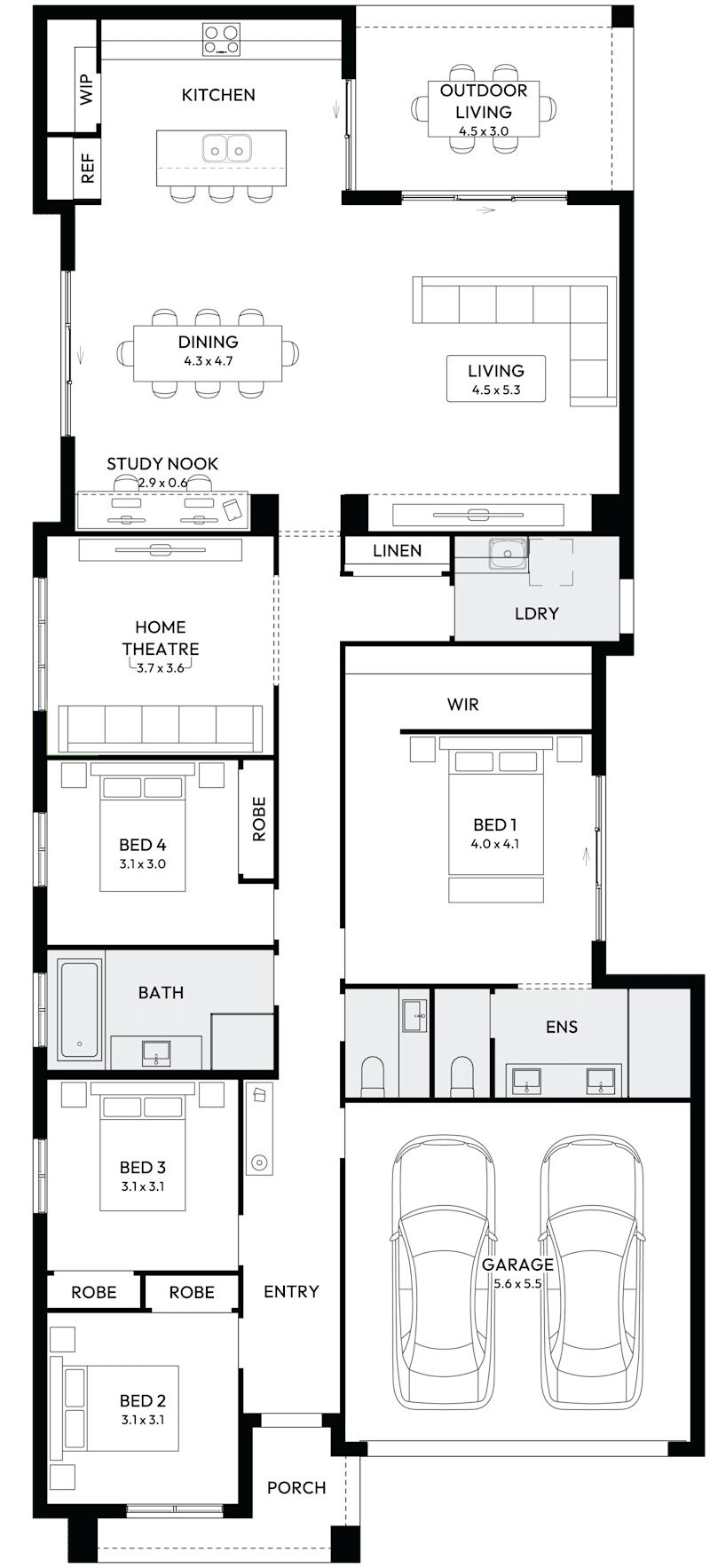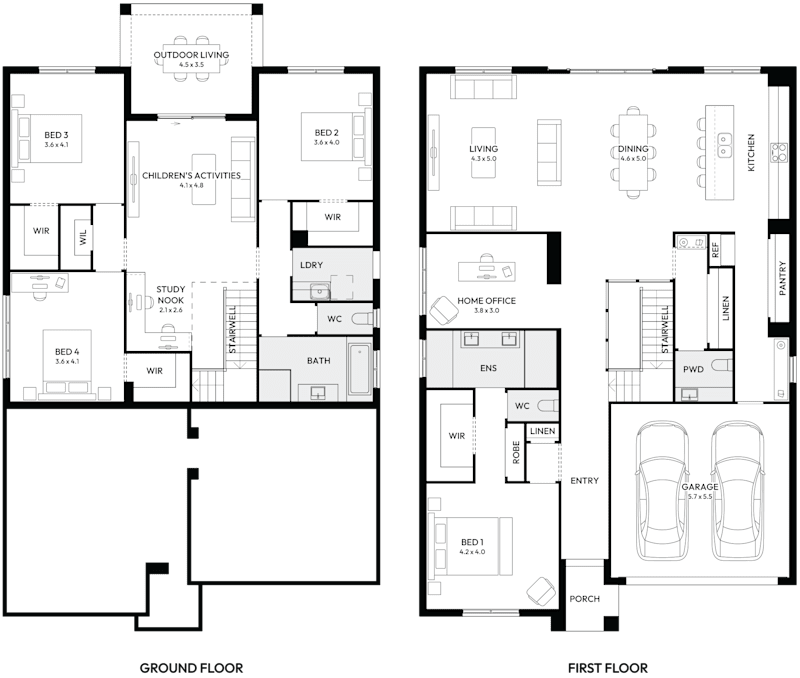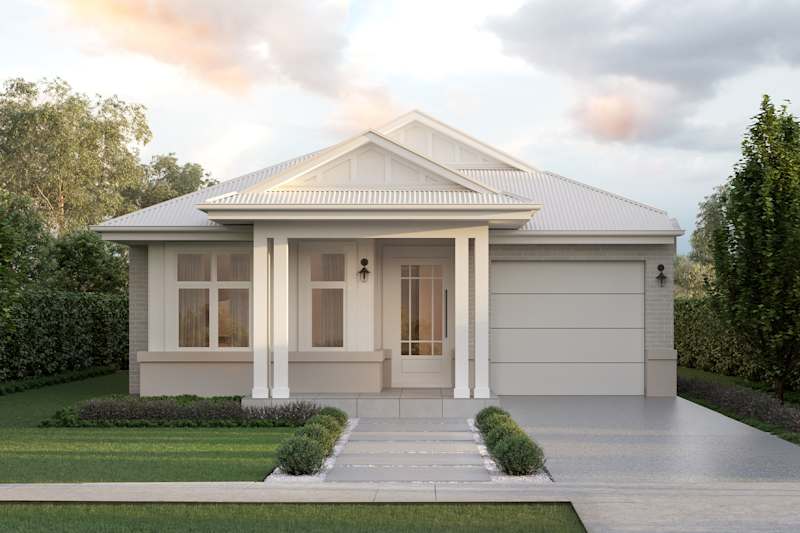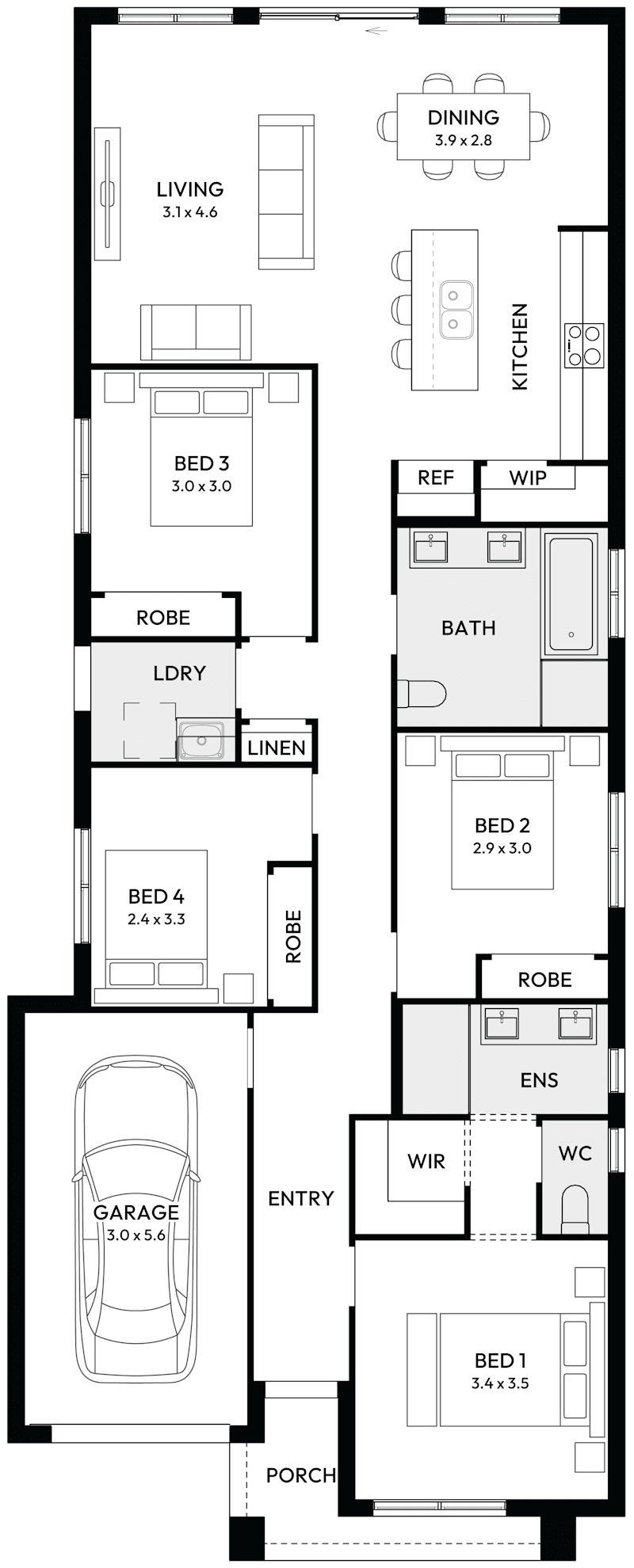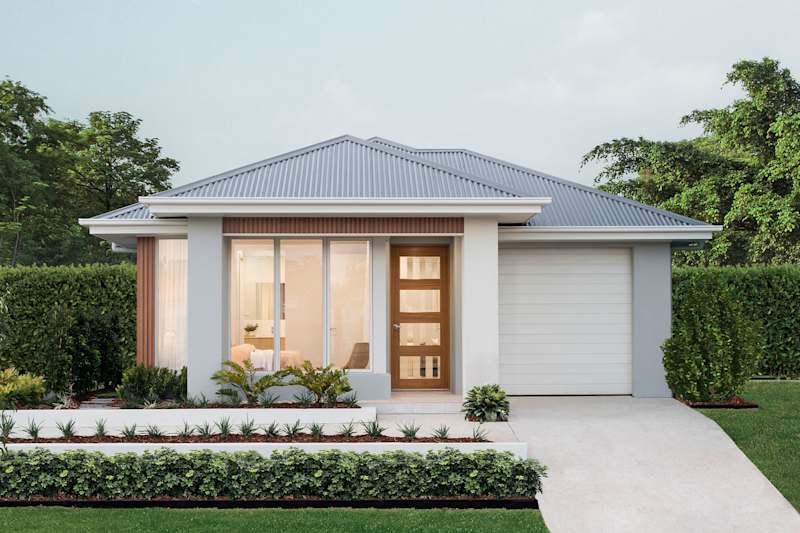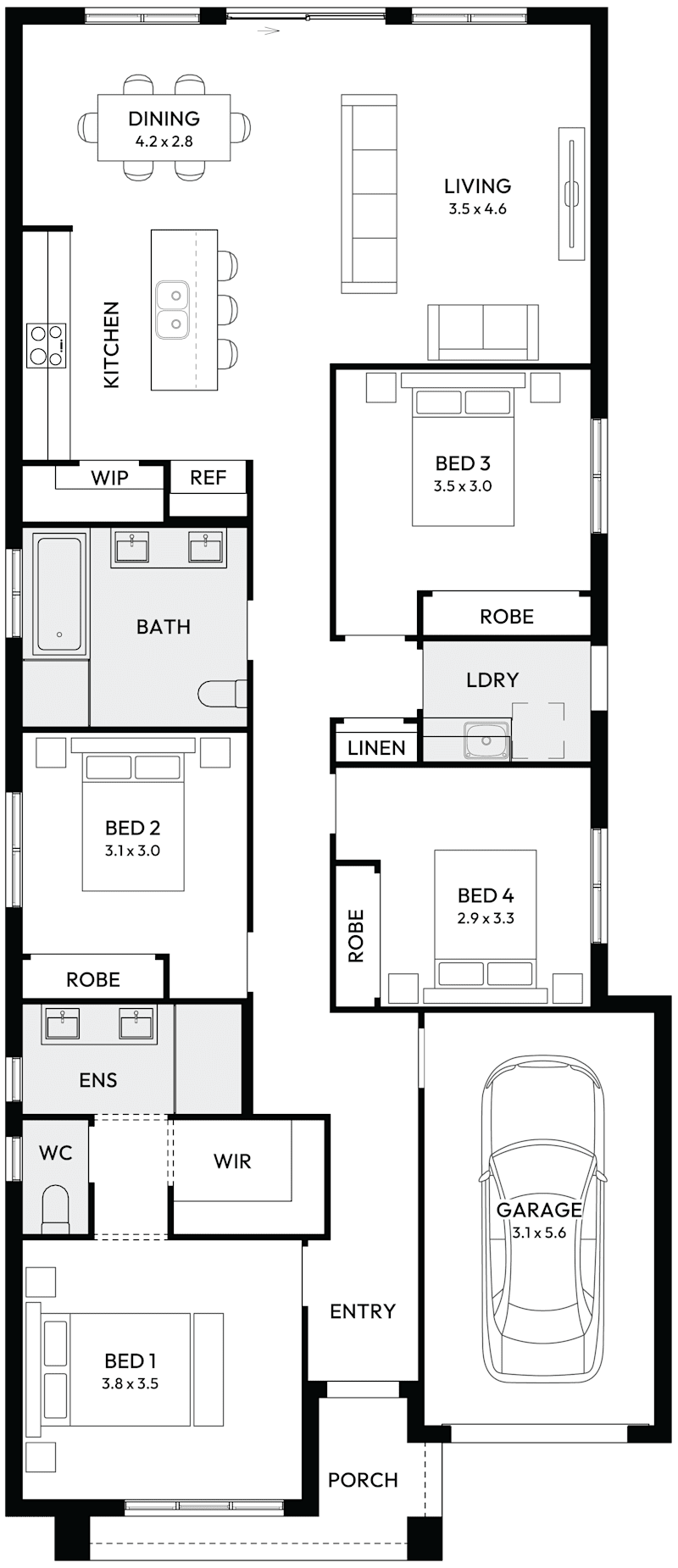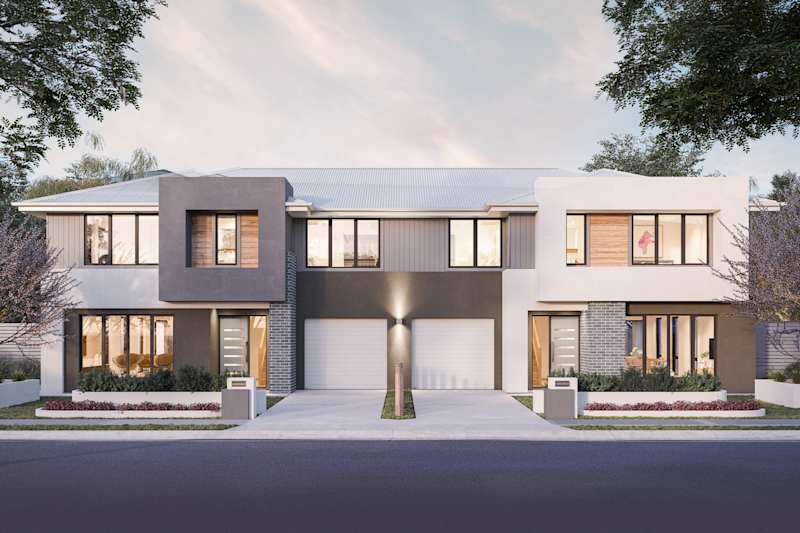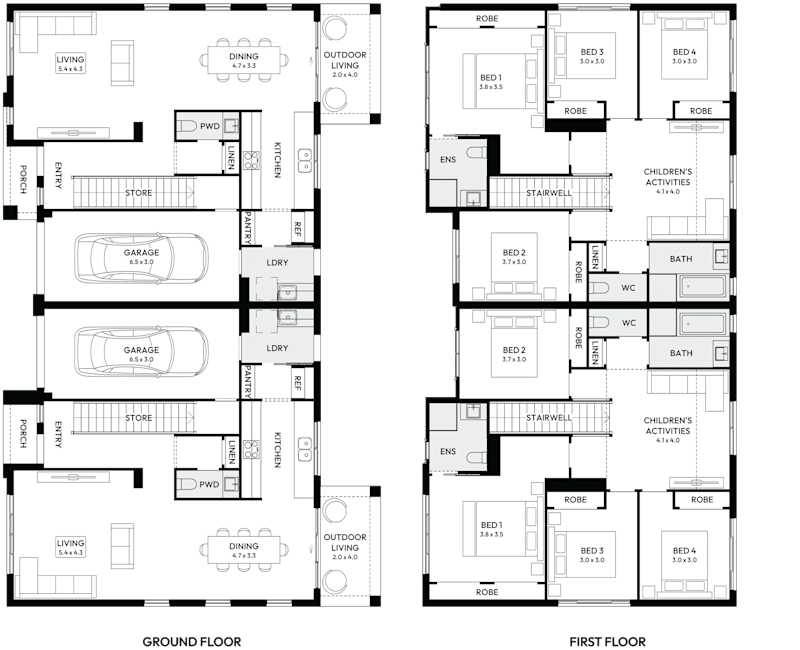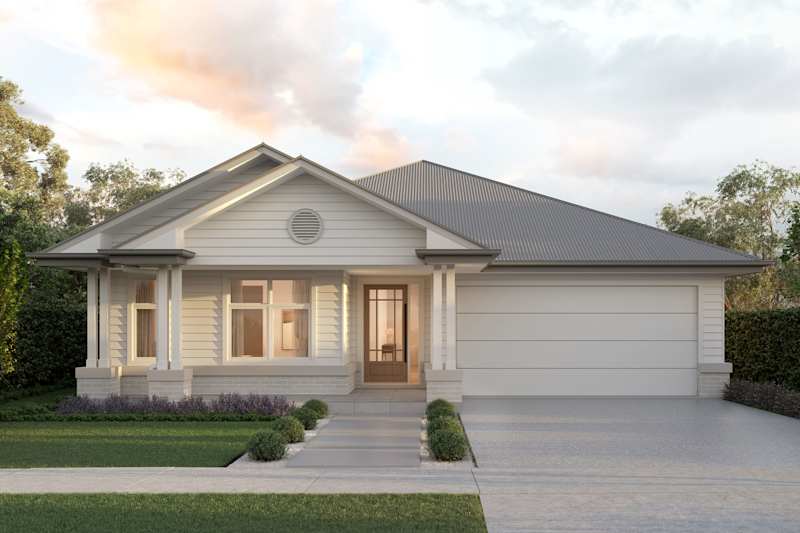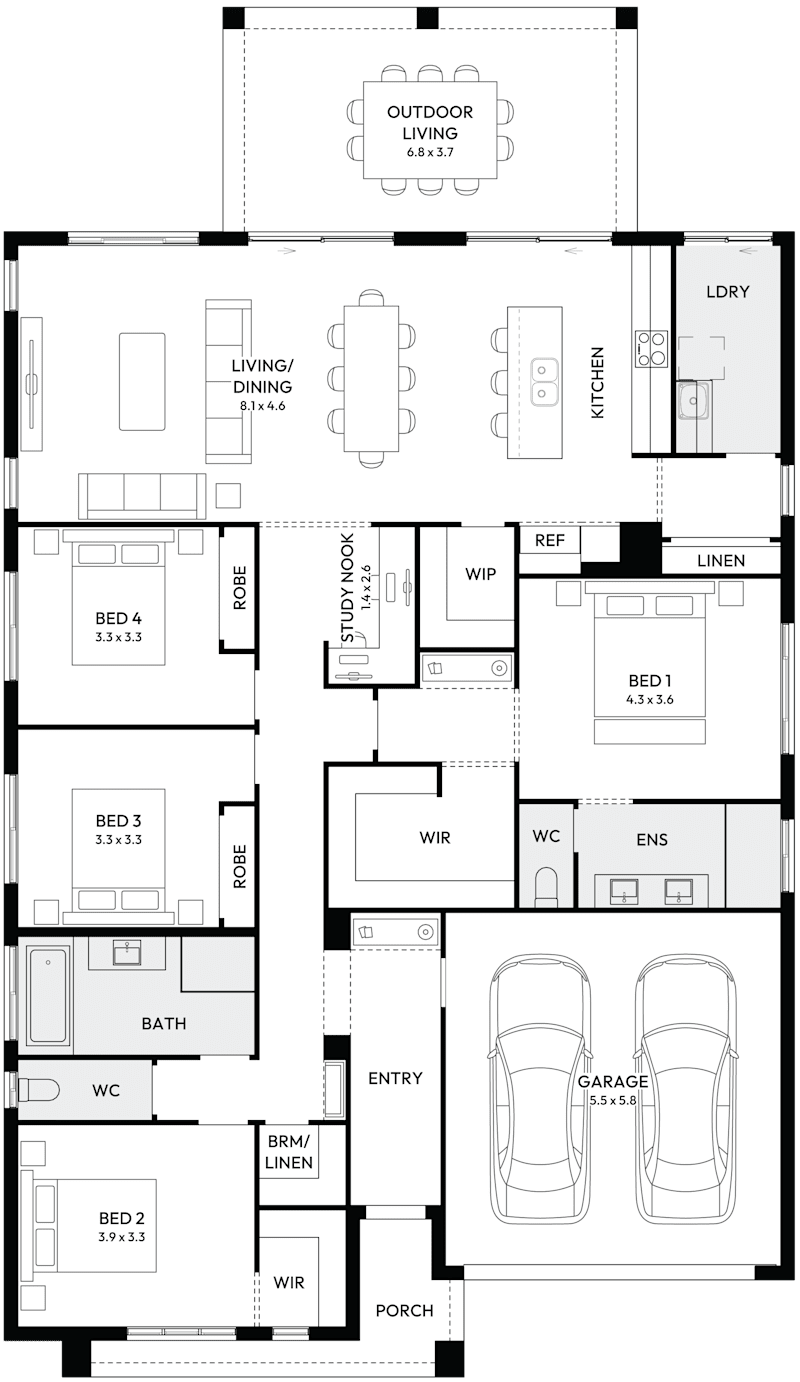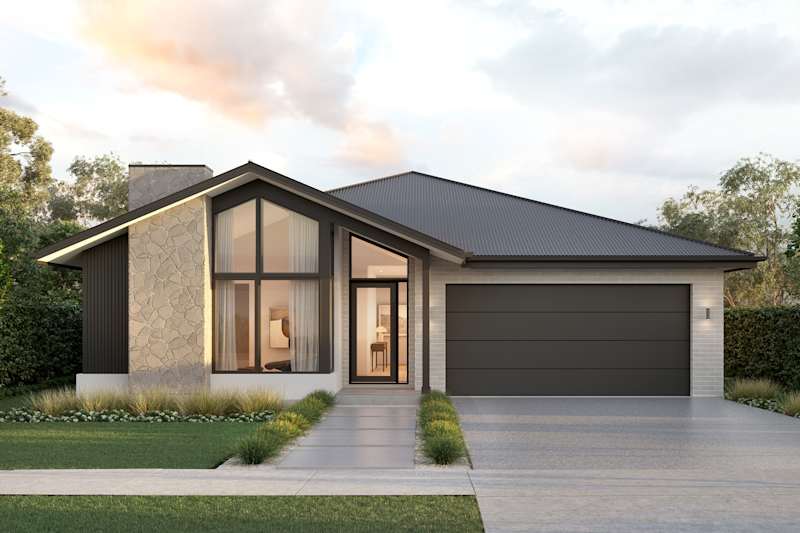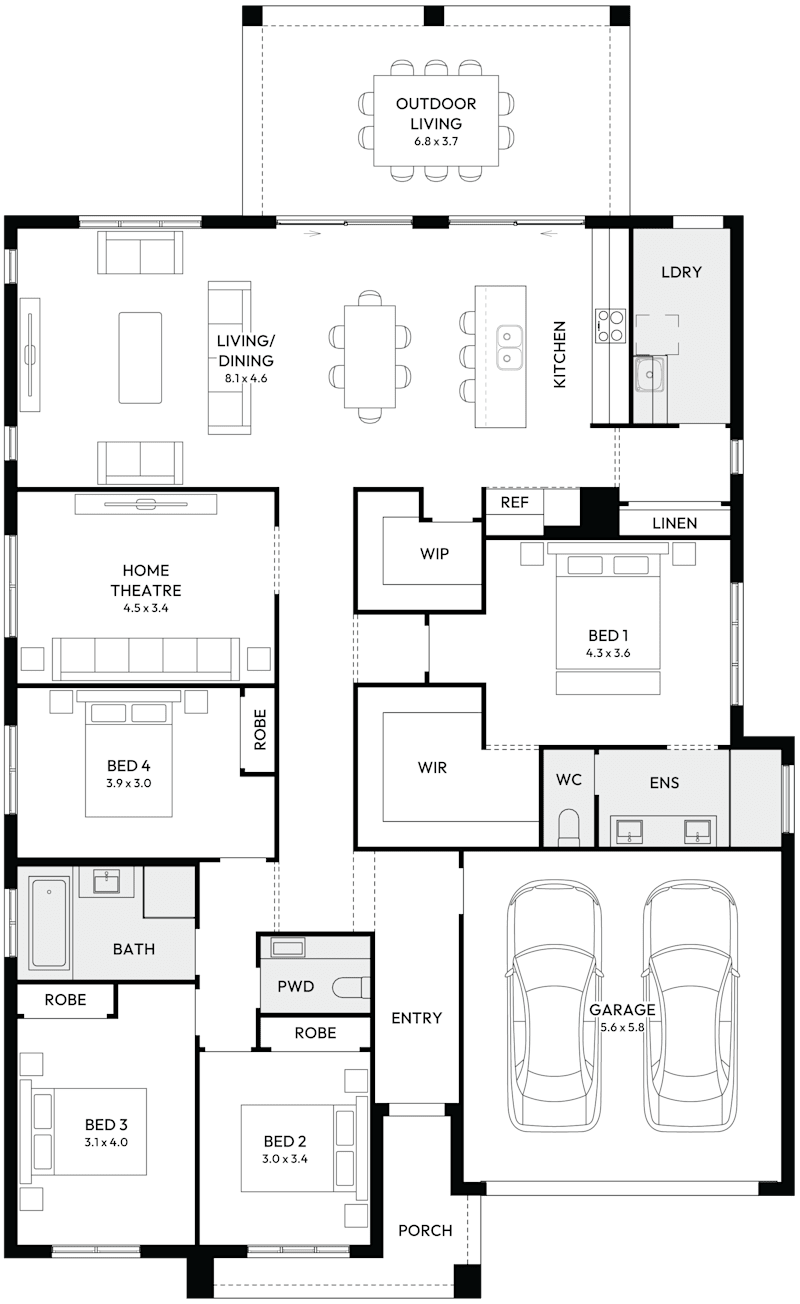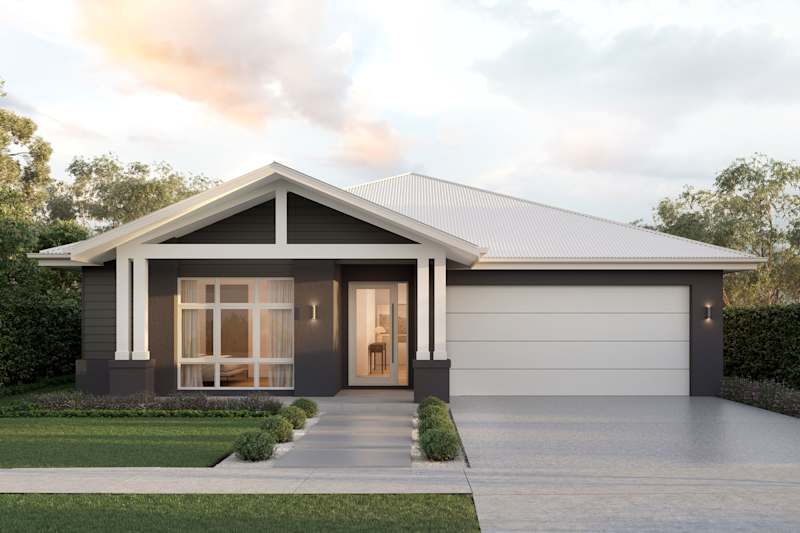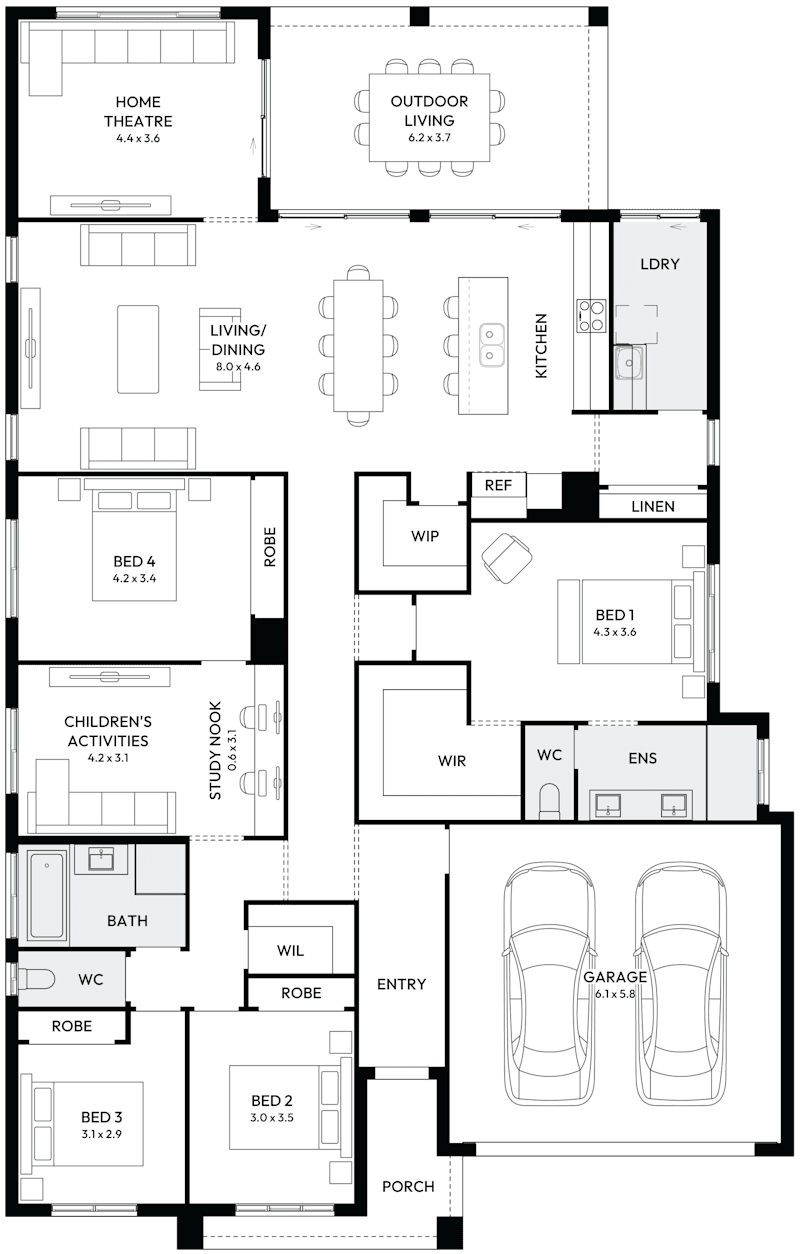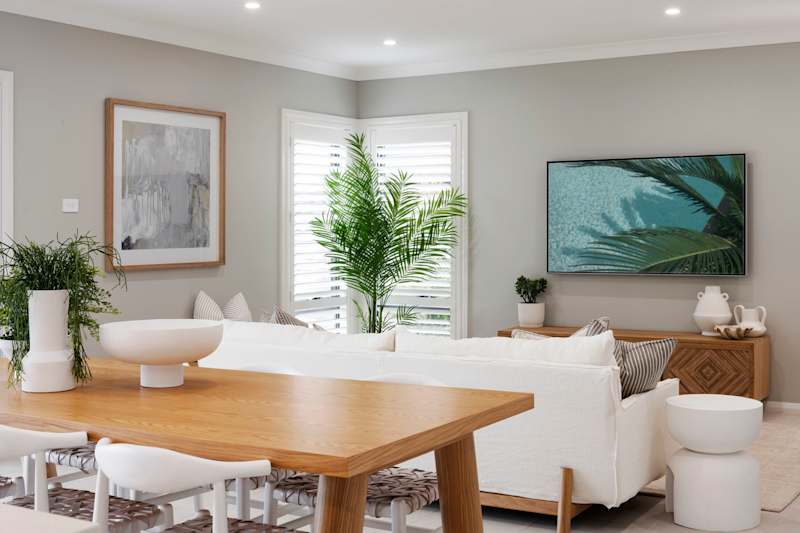
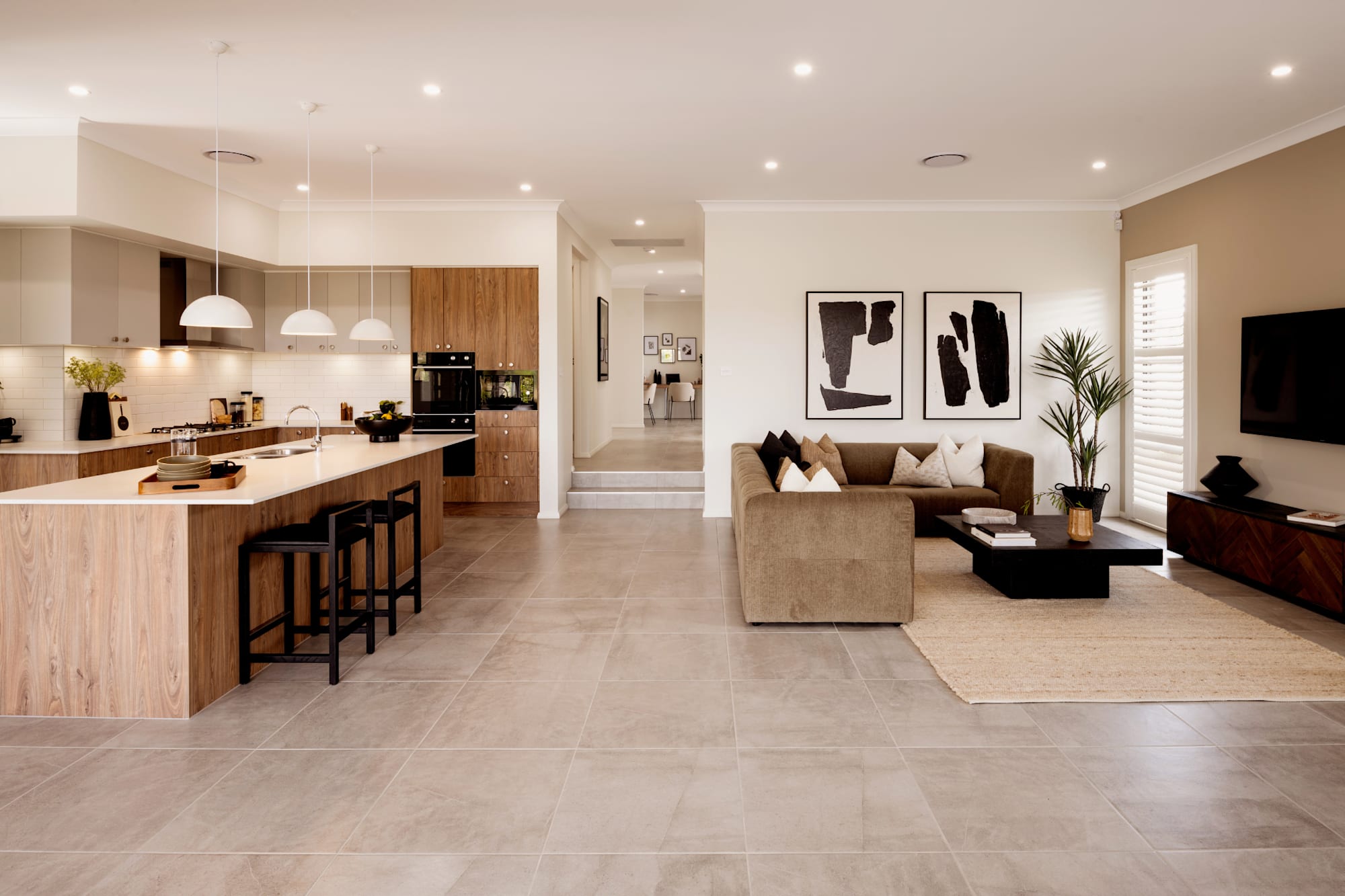
If you find yourself embarking on the journey of building a new home, acquainting yourself with the art of deciphering floor plans will become incredibly important, especially if you are first time builder. From delving into room dimensions to unravelling the intricacies of electrical plans, we have done all the hard work for you, read on for insight into the essential know-how of deciphering floor plans.
What details can you get from a floorplan
Floor plans are construction drawings that include an abundance of information about the home design and it’s functionality. By assessing the floor plan, you can gain a greater knowledge on the:
- Room layout: Floor plans allow you to visualise each rooms layout and picture how the rooms are interconnected and see their exact sizes to scale
- Flow and traffic patterns: By studying the floor plan you can identify how people will move freely between each space and ensure that each transition is smooth and efficient
- Architectural features: Floor plans allow you to see the architectural features in your home life windows, doors, staircases and voids. These details will allow you to see where natural light will come from as well as the focal points within your home
- Storage space: Floor plans will indicate where all storage areas of the home are including built ins, walk in robes, linen cupboards, cabinets, pantries and under stair storage. This will help determine where there is enough storage for the home.
- Outdoor areas: Floor plans can also include details surrounding outdoor areas such as outdoor living, decks and balconies. This will allow you to see how indoor areas connect to your exterior

How to read a floorplan
With so many details needed to be included on a floor plan, various symbols are used to indicate different features. Take a look at the symbols you will find across MOJO’s floor plans.
- Orientation: The compass symbol or North arrow will identify the correct orientation of the floor plan. This will help you better understand how the plan aligns with the block of land.
- Scale: The scale of the plan is typically printed in one of the corners. This represents the ration between the dimensions on the plans and the actual measurements of the home. This can help you better visualist the square footage of the homes interior.
- Room labels: Labels are assigned to each room to identify what the room will be used for. E.g. Master Bedroom, Butlers Pantry or Powder.
- Doors: Door symbols are typically represented by a straight line with a perpendicular line indicating the swing direction or a zigzag line for bi-folds.
- Windows: Windows are typically depicted as a narrow white box, overlaid on the frame. The size and shape of the symbol may vary based on the type of window, and different codes will apply for different window types.
- Stairs: Stairs are indicated by a series of lines, and an arrow, the style of the symbol can indicate whether the stairs go up or down
- Bathroom fixtures: Bathrooms are usually easy to find because they include a toilet symbol inside them. There may also be additional markings to indicate the presence of a sink, shower or bathtub.
Size and measurements
To truly visualise the actual space of the home, you’ll need to understand how to read floor plan measurements. Here are a few tips:
- Room dimensions: Each room on the floor plan should include dimensions, typically represented by arrows or lines indicating the length or width of the space
- Ceiling height: Check the site plans for information on the ceiling height. This will give you an overall sense of the spaciousness, as well as indicate if there are any differences in height throughout the home
- Total square metres: Look for the total square metres of the house, usually mentioned somewhere on the floor plan. This figure is in addition to the size of the land
- Furniture placement: Consider the room sizes and layout of each space. The dimensions provided will be particularly useful in helping you figure out how and where your furniture will fit
You can find detailed floor plans for every Mojo Home design here, allowing you to make an informed decision when choosing your dream home.
